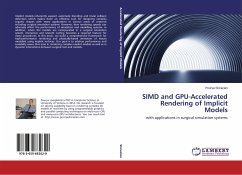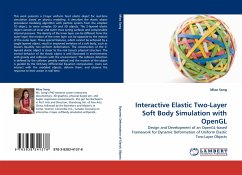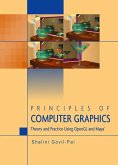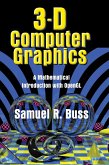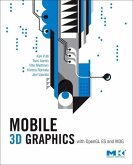Implicit models inherently support automatic blending and trivial collision detection which makes them an effective tool for designing complex organic shapes with many applications in various areas of research including surgical simulation systems. However, slow rendering speeds can adversely affect the performance of simulation and modelling systems. In addition, when the models are incorporated in a surgical simulation system, interactive and smooth cutting becomes a required feature for many procedures. In this book, we build a comprehensive framework for high-performance rendering and physically-based animation of tissues modelled using implicit surfaces. Our goal is to address performance and scalability issues that arise in rendering complex implicit models as well as in dynamic interactions between surgical tool and models.
Bitte wählen Sie Ihr Anliegen aus.
Rechnungen
Retourenschein anfordern
Bestellstatus
Storno

